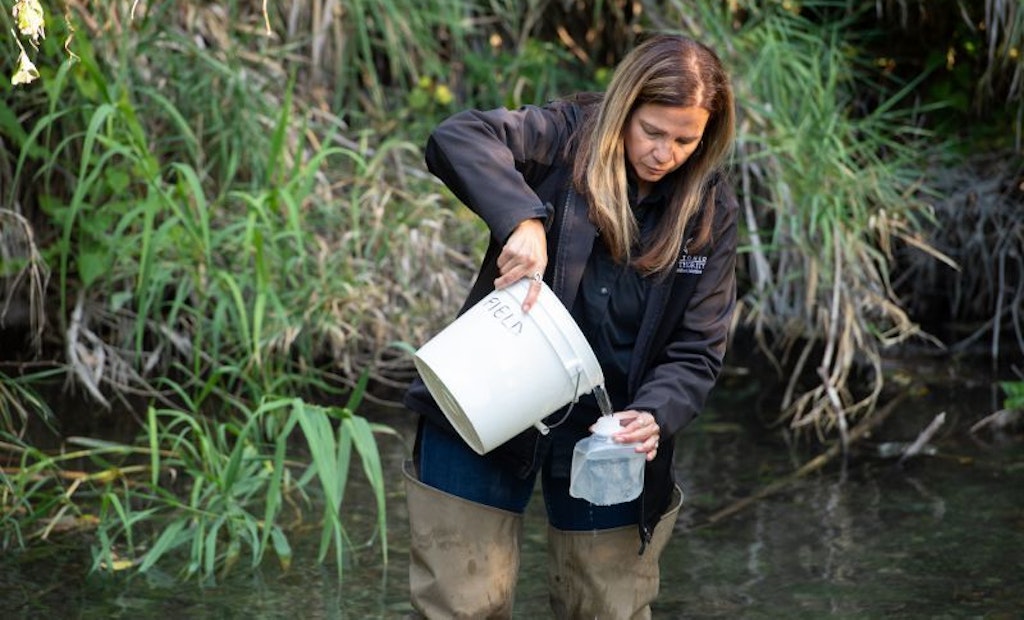One of the best things about the sewer and water industry is utility workers' willingness to share stories, advice, know-how and new technologies with others around the nation. Whether you're networking at trade shows, participating in educational events, meeting up online, or...
Best of 2021: Utilities Offer Top Strategies and Advice
Popular Stories
Discussion
Comments on this site are submitted by users and are not endorsed by nor do they reflect the views or opinions of COLE Publishing, Inc. Comments are moderated before being posted.






